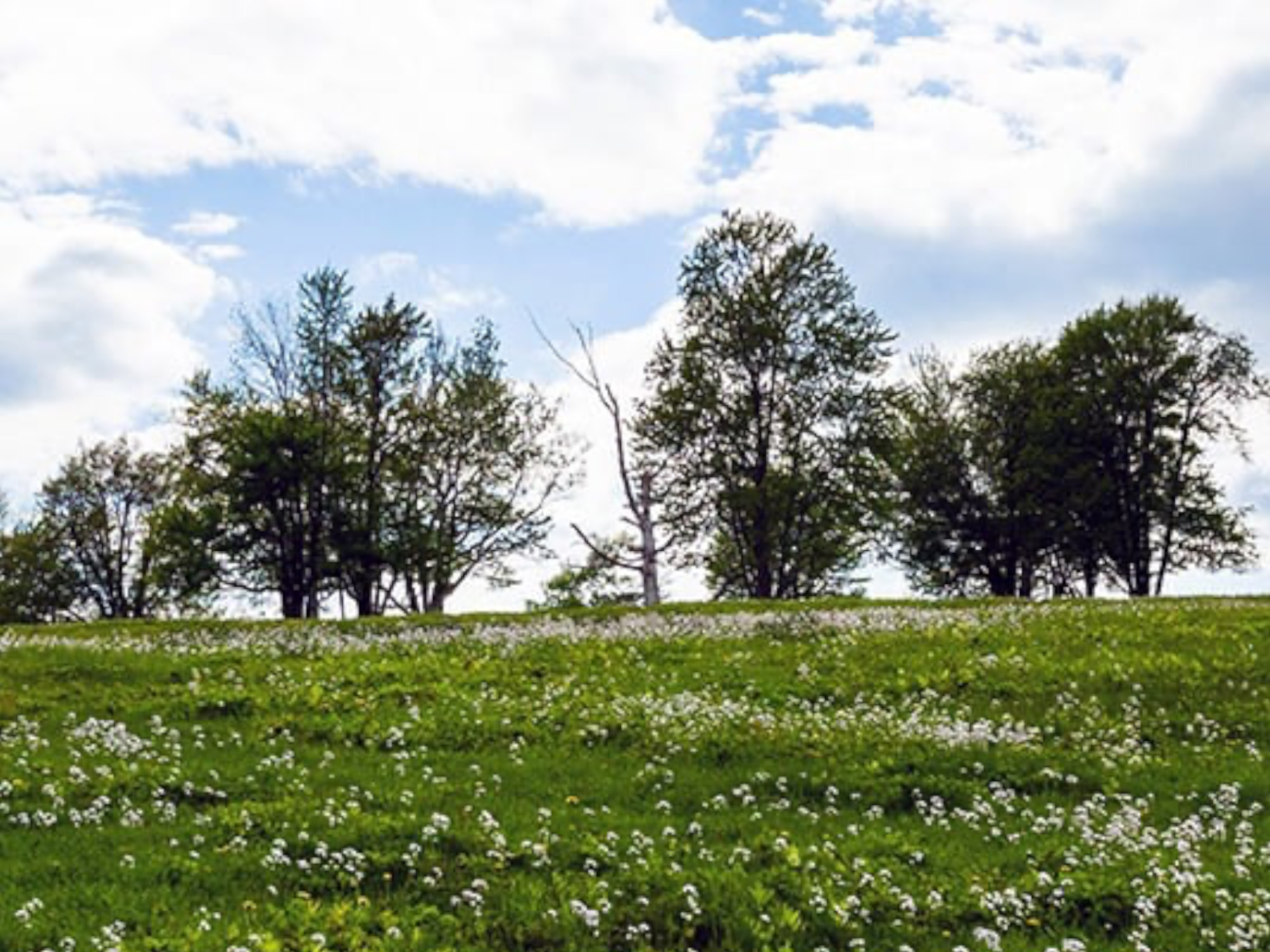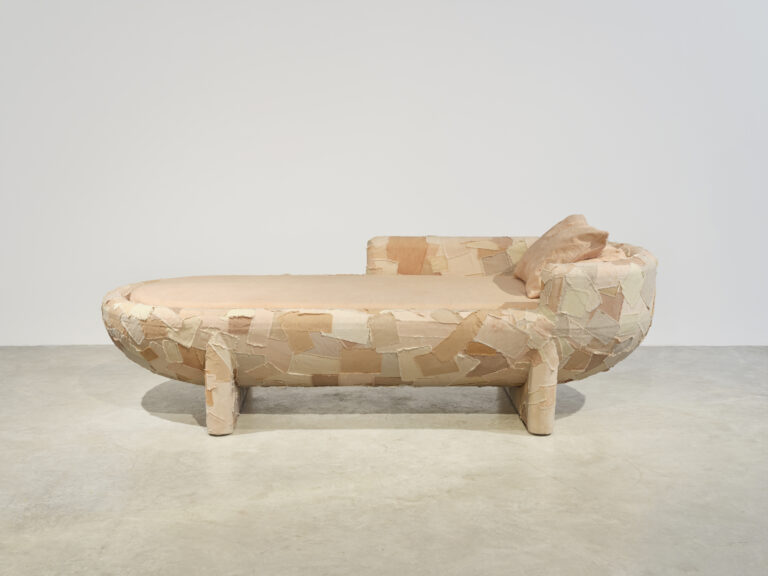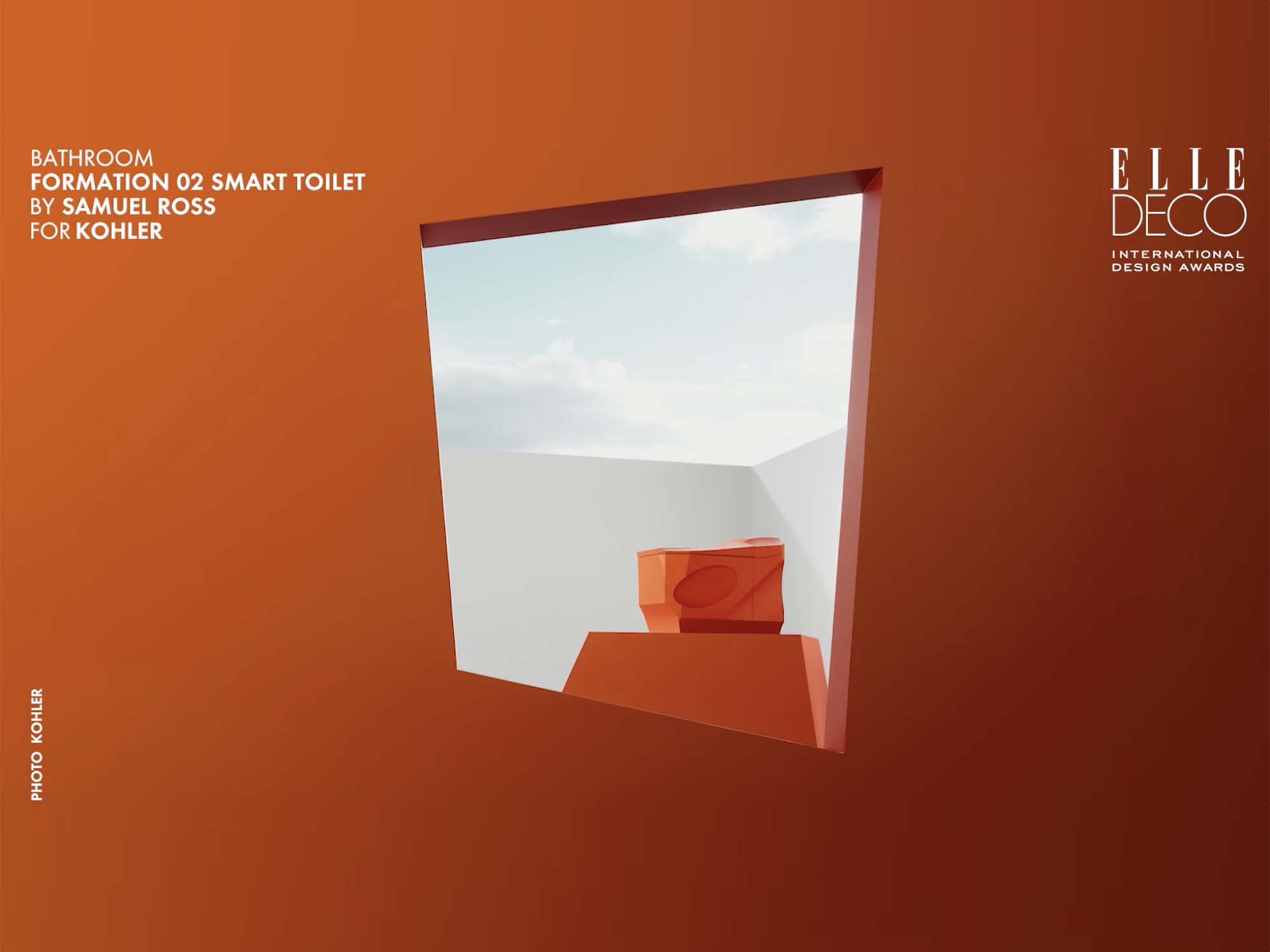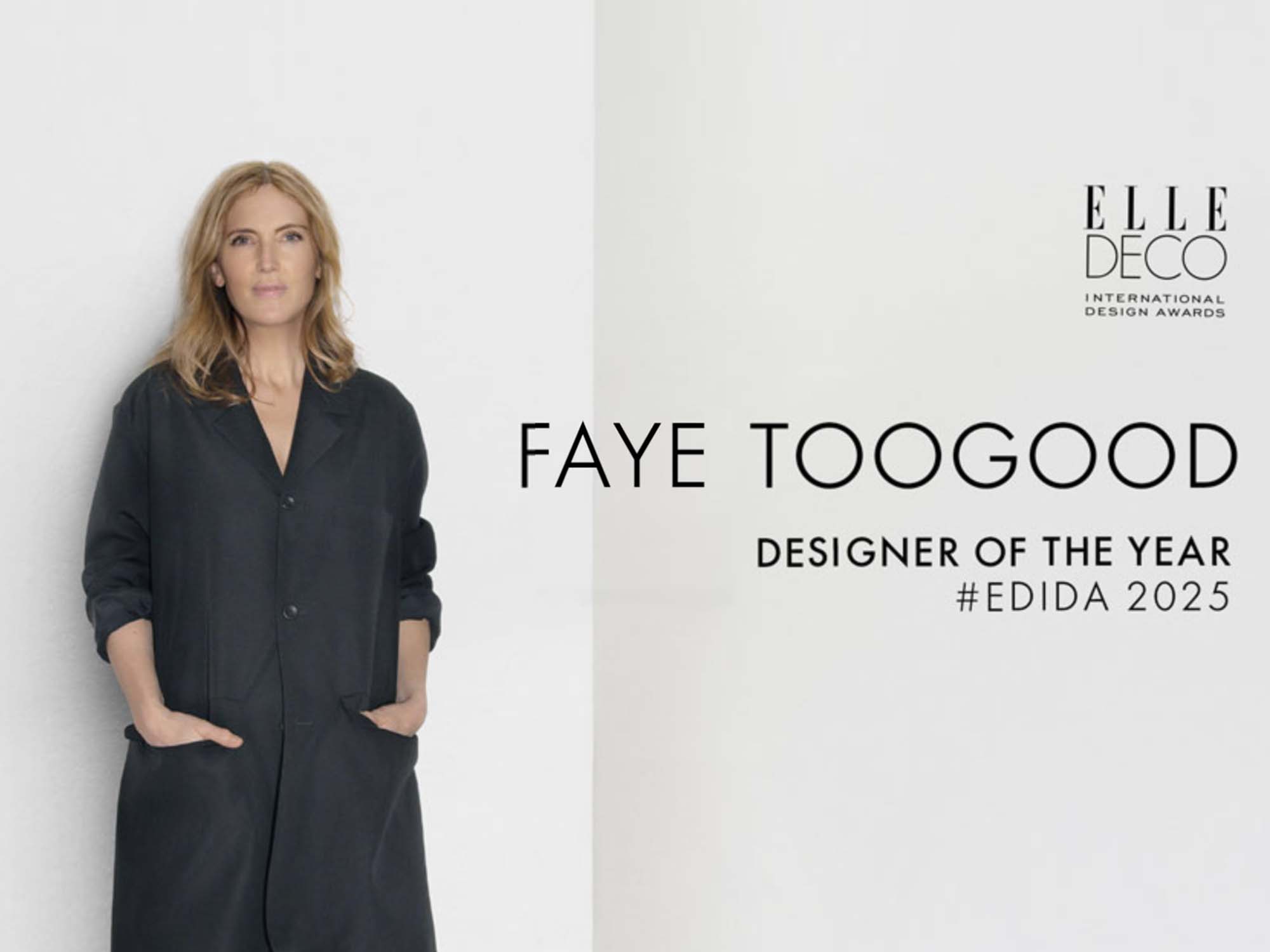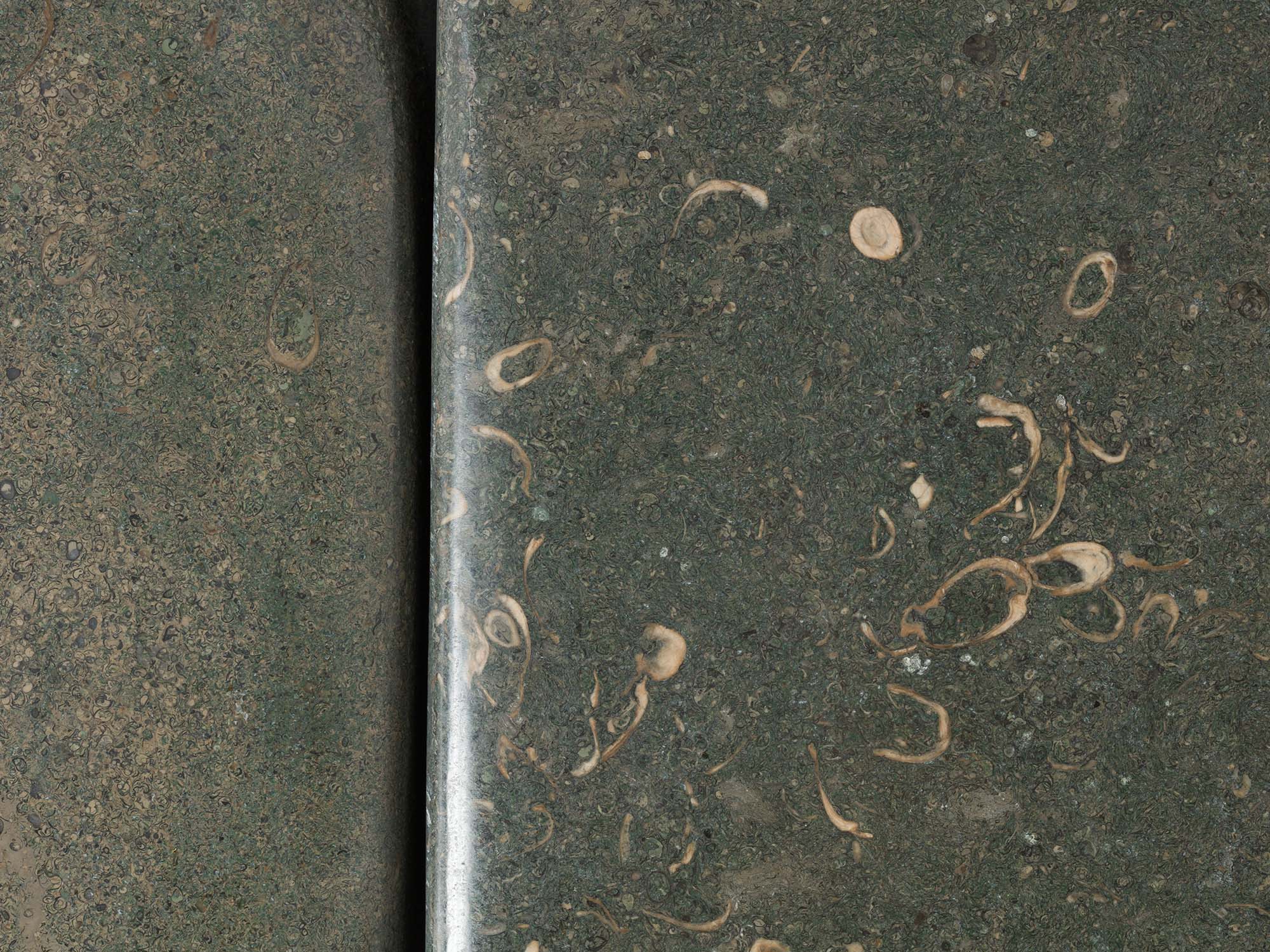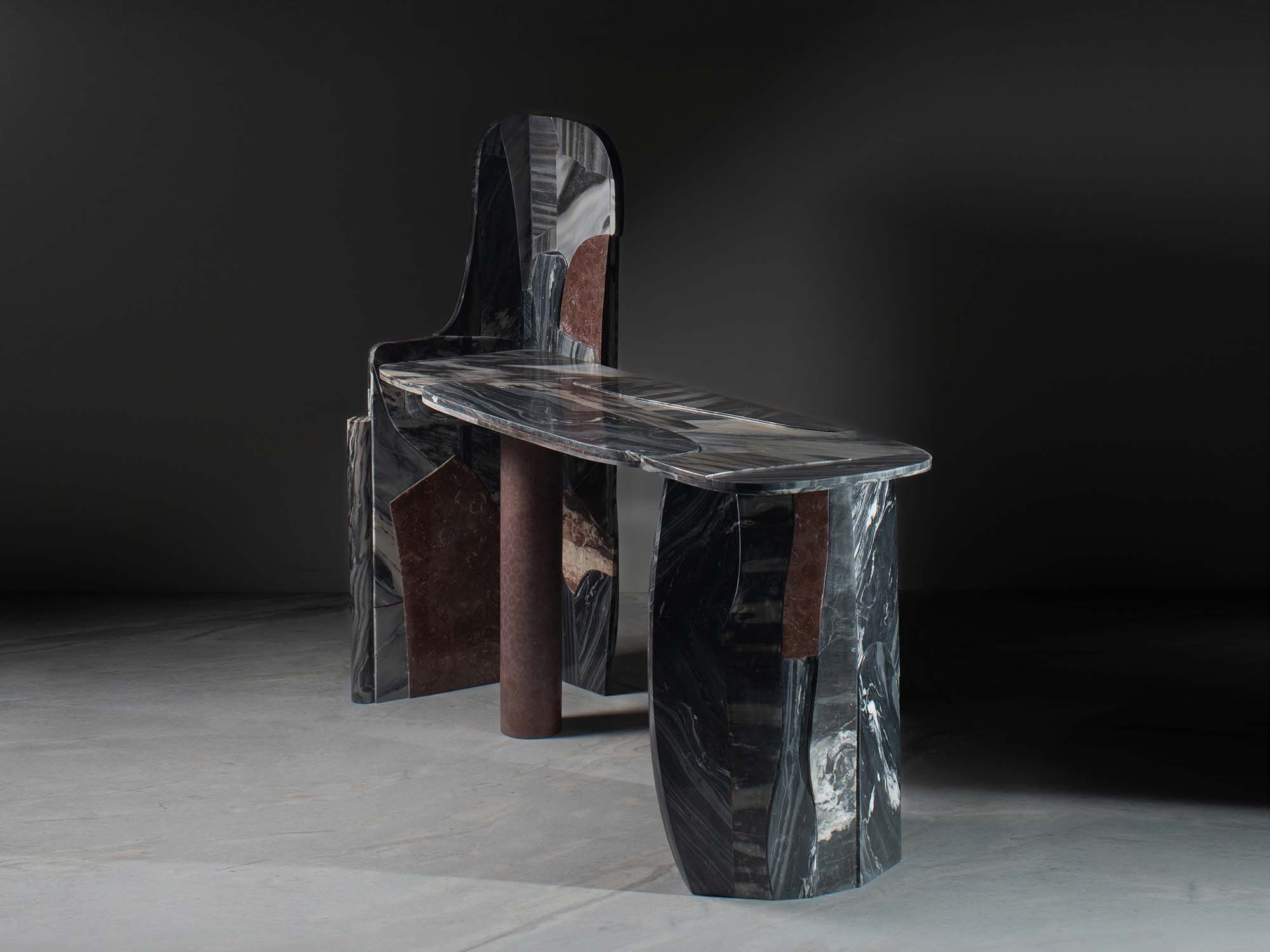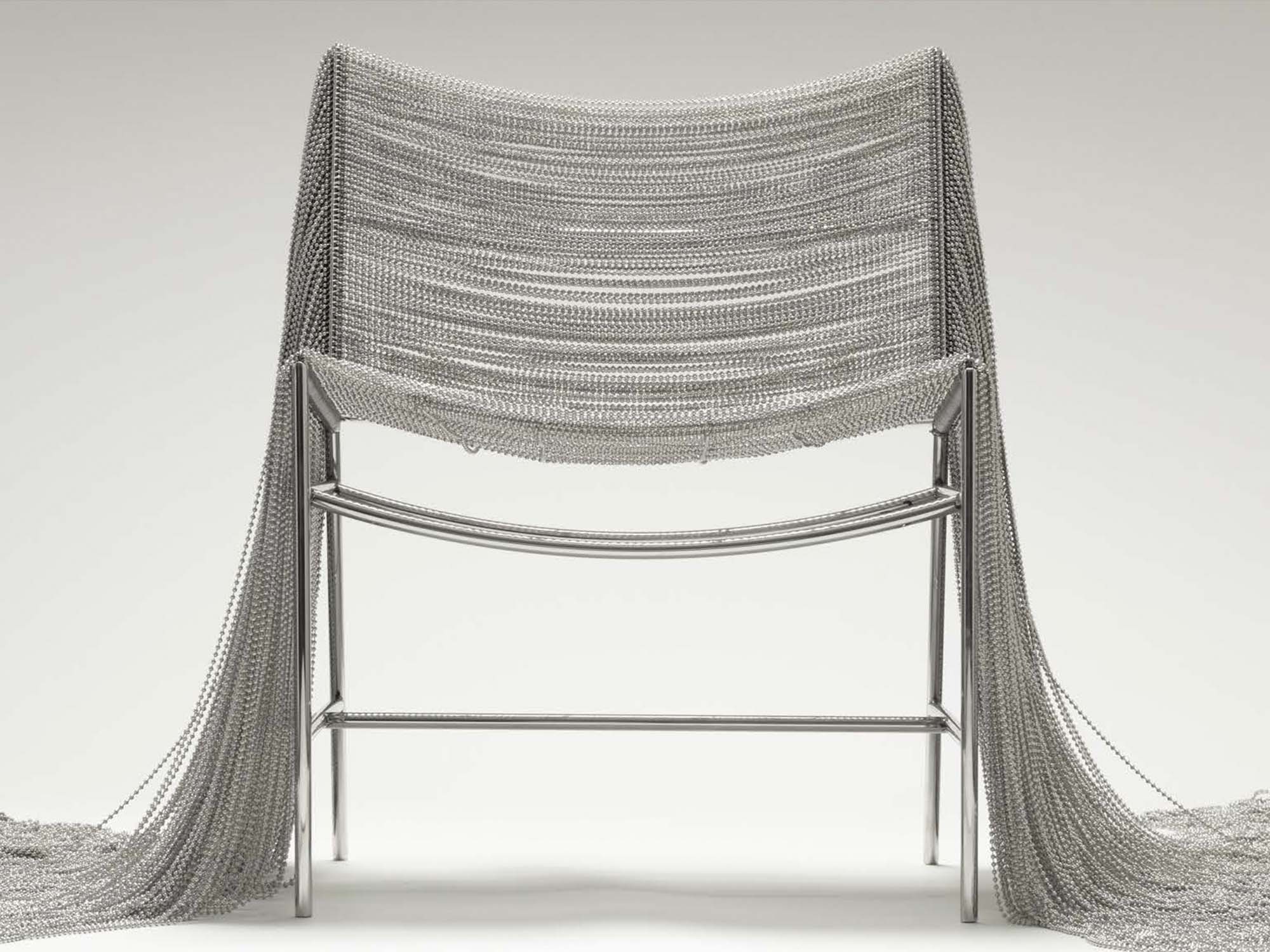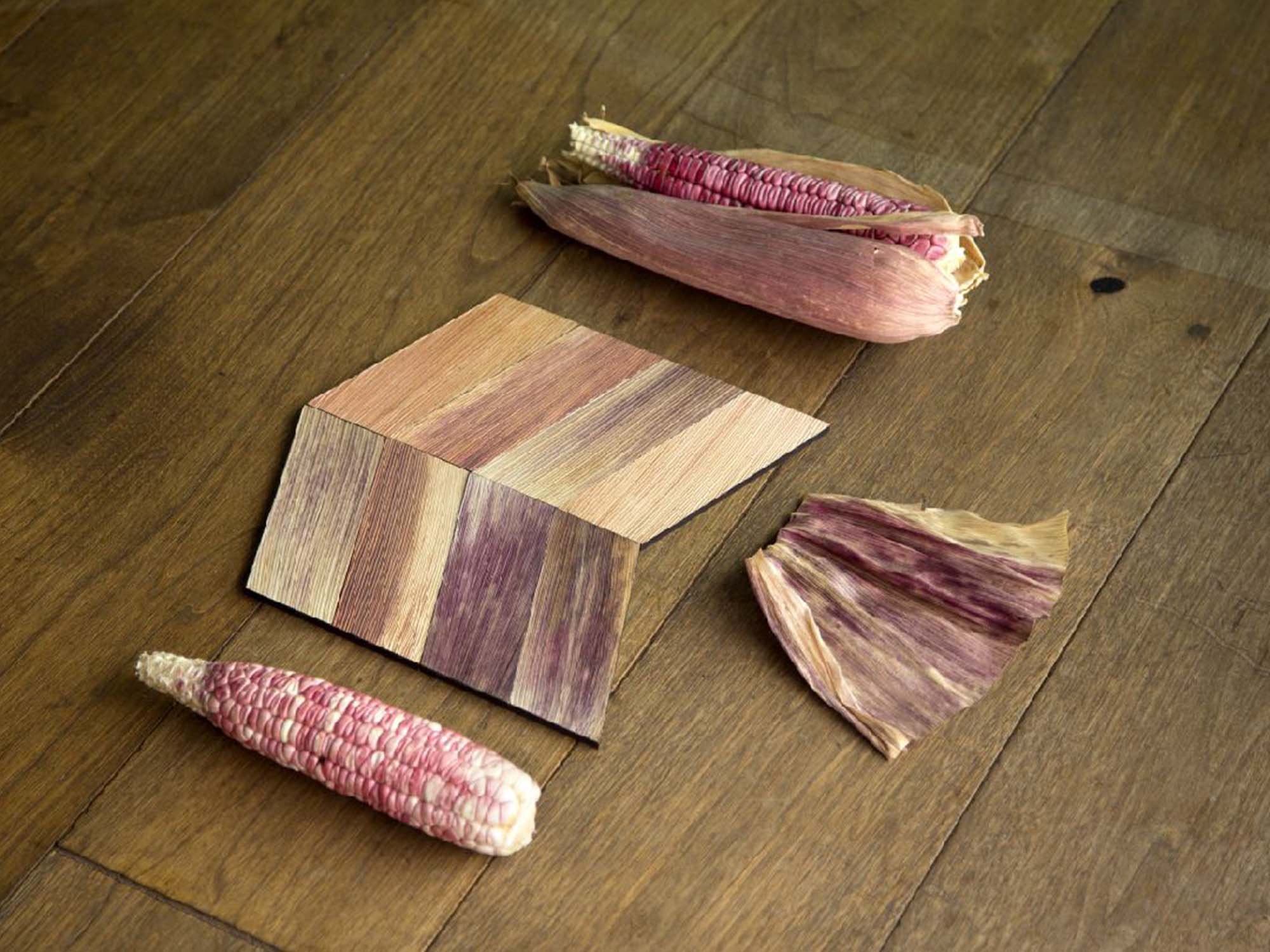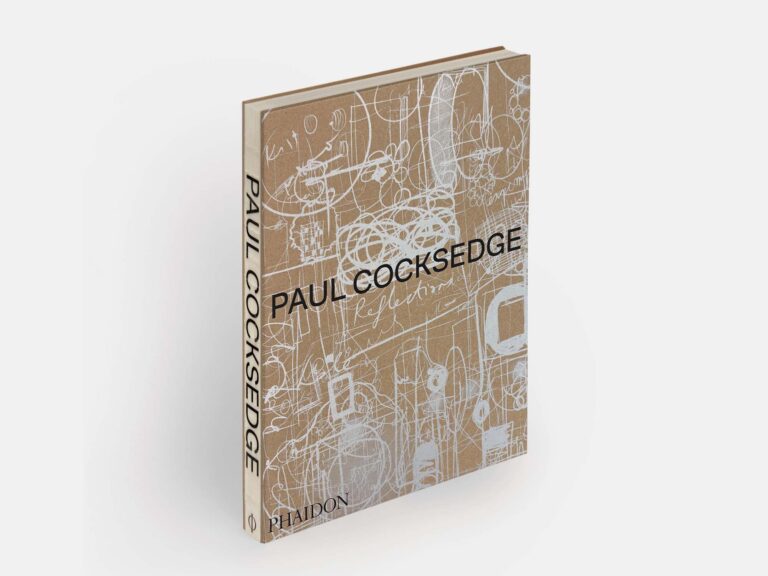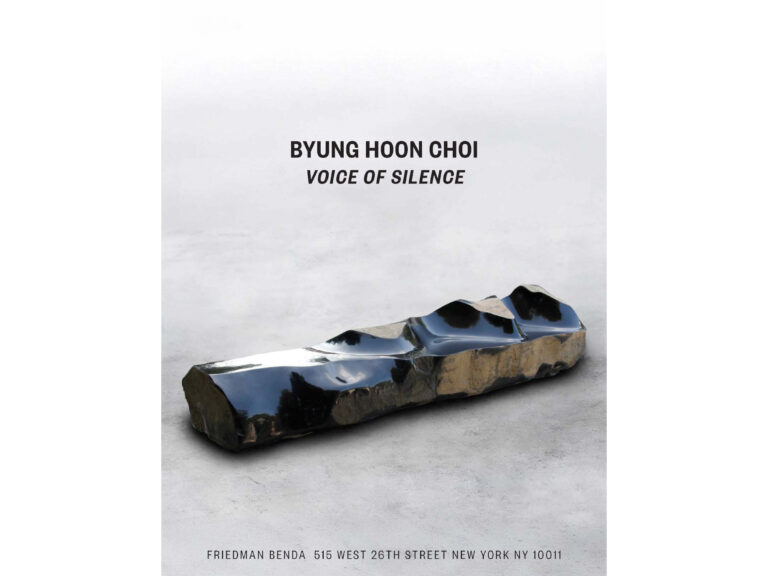Curated by independent art historian Glenn Adamson, Ground/work 2025 features a dynamic range of outdoor presentations by international artists, Yō Akiyama, Laura Ellen Bacon, Aboubakar Fofana, Hugh Hayden, Milena Naef, and Javier Senosiain that respond to the Clark’s unique setting while expressing ideas core to each artist’s individual practice. Like the inaugural Ground/work, which opened in summer 2020, the installations will remain on view for over one year allowing visitors to encounter the works day or night and throughout the seasons, experiencing them anew as the landscape and weather conditions change. Ground/work 2025 closes in October 2026.
Set throughout the woodland trails and open meadows of the Clark’s distinctive 140-acre campus, the exhibition includes newly commissioned, site-specific installations by six leading contemporary artists. The focus is on global conceptions of craft: the means by which artists transform the world around them.
In Eurocentric art history, it has long been accepted practice to draw a firm line between craft and fine art. In many parts of the world, however, no distinction exists; rather, there is a holistic domain of making and meaning. In surveying craft across cultures and practices, Ground/work 2025 aims to transcend the binary question—”Is it art or is it craft?”—and instead highlight craft as a motor for artistic expression.
The exhibition foregrounds the international diversity in craft, with a range of artists critically reflecting on the traditions that inform their skilled making. The six participating artists represent a diversity of geography, materiality, ethnicity, gender, and generation, and each possesses a craft-intensive practice as well as an informed and dynamic relationship to national or regional traditions, exemplifying the way that artisanal traditions can be reinvented to generate contemporary form and meaning.
Ground/work 2025 is organized by the Clark Art Institute and curated by independent curator Glenn Adamson.
Ground/work 2025 is made possible by Denise Littlefield Sobel. Major funding is provided by the Edward and Maureen Fennessy Bousa Fund for Contemporary Projects, Karen and Robert Scott, and VIA Art Fund, with additional support from Girlfriend Fund, Agnes Gund, and the National Endowment for the Arts.
About Javier Senosiain
Renowned architect Javier Senosiain (born 1948) is the founder and principal of the architectural firm Arquitectura Orgánica in Mexico City. Senosiain was Mathias Goeritz’s student at Universidad Nacional Autonoma de Mexico (UNAM), and then became a professor of architecture there. He is the leader of the second generation of Mexican organic architects and a principal practitioner, scholar, and proponent of what he calls bio-architecture.
Casa Orgánica (Organic House), 1985, which he built for his family as an experiment in organic architecture—and which is now publicly accessible by appointment—has become an archetype of the possibilities of contemporary cave living. Senosiain’s almost incomprehensibly vast El Nido de Quetzalcóatl (The Nest of Quetzalcóatl), 1998–2007, in contrast to the domestic comforts of Casa Orgánica, is a still-developing organic architecture theme park. Senosiain’s interest in building organically, which he does principally in formed concrete, extends to a wide range of models and systems patterned on nature. What they all share is a quality of emerging from, and/or nestling into, the earth. In 2022, Javier Senosiain debuted a large mosaic-covered serpent installation in the exhibition “In praise of Caves” at the Isamu Noguchi Foundation and Garden Museum in Long Island City, New York.
